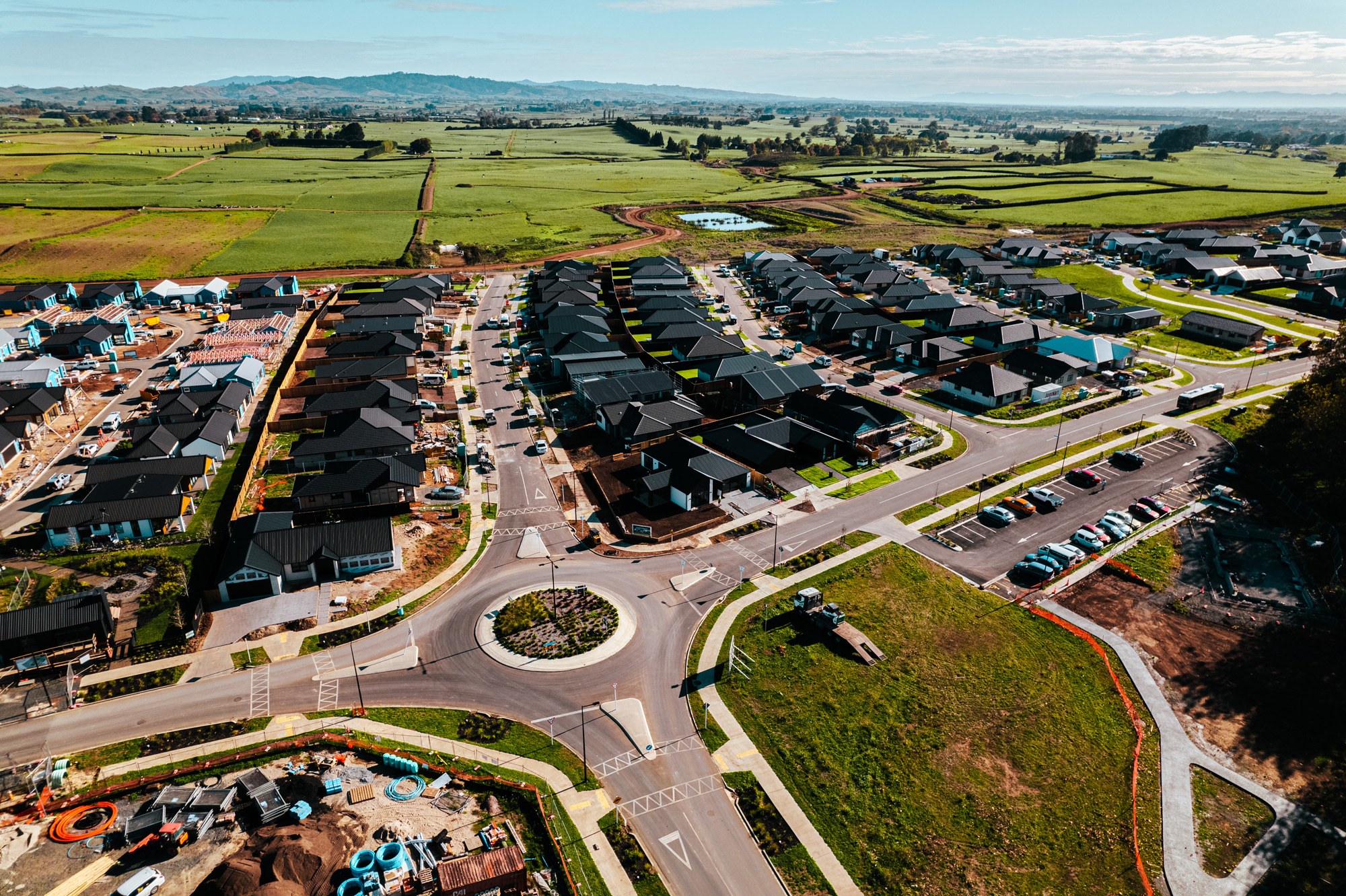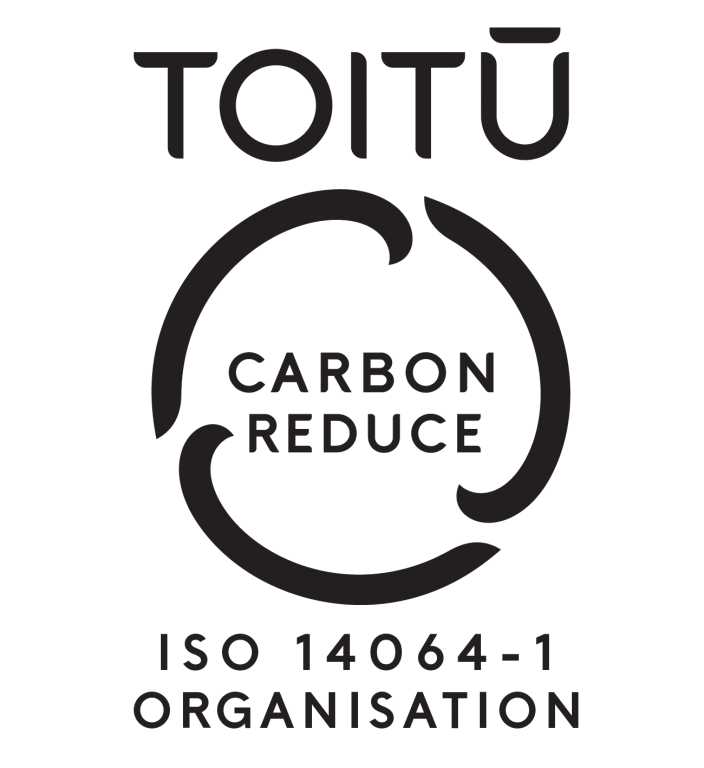Mark Haseley is a Principal Transport Planner with CKL, based in Tauranga. He was involved in the Urban Form and Transport Initiative (UFTI) and SmartGrowth during the 2010s. He worked for Waka Kotahi to help set up UFTI, and contribute to several of its workstreams.
UFTI - What was it?
UFTI was a partnership initiative to develop a programme of land use development and transport investment for Tauranga.
It sought to build on the existing SmartGrowth partnership between Waka Kotahi (the New Zealand Transport Agency), Tauranga City Council, Western Bay of Plenty District Council, and Bay of Plenty Regional Council (amongst others). After many months of work, it recommended the “Connected Centres” long-term programme for the city – updating previous transport strategies, studies and programmes that had already been prepared by the SmartGrowth partnership throughout the 2010s. And that’s where it ends, apart from monitoring and updating the programme to keep it current.
UFTI though, could have been much more. It could have been the first step towards the creation of a single land use/transport agency for Tauranga - similar to Let’s Get Wellington Moving (LGWM) and the Auckland Transport Alignment Project (ATAP), but made permanent.
It could have replaced the many entities that currently have a stake in the city’s transport system - two Councils managing local roads, another managing public transport, another managing State Highways and co-funding other initiatives, and another operating the rail network - with one. It could also have been set up to do more than just planning – the same, single agency delivering improvements and operating the transport system on a daily basis.
So, is replacing many agencies with one still a good idea for Tauranga? If so, is the opportunity lost? And, is this something that should happen nationwide?
Replacing many entities with one is still a good idea. A single organisation with one set of objectives and one management layer will always be more efficient than the current state, where complex negotiations between local partners are often needed before things get done. That’s the easy part, though. How it would work with other parts of central and regional government is harder. Which leads me to the second and third question.
The opportunity is not lost, in fact it’s here now. Central government proposals for reforming local government will include how transport is managed nationwide and RMA reform means that many, small District Plans will be replaced by fewer, larger Regional Spatial Plans - designed to deliver the outcomes sought by central government on a range of matters, including land use and transport.
Regional boundaries are yet to be determined, though, and if the Three Waters and health board reforms are anything to go by, significant change to these can also be expected.
The work of UFTI and SmartGrowth already presents a compelling case for a single Regional Spatial Plan (including a transport programme) for the Western Bay of Plenty, and the opportunity under the current reform programme is to have one developed and delivered by a single Western Bay of Plenty Regional Agency. The same lean model should also apply to other tier 1 centres if the pace of investment into complex transport systems is to match the pace of growth.





